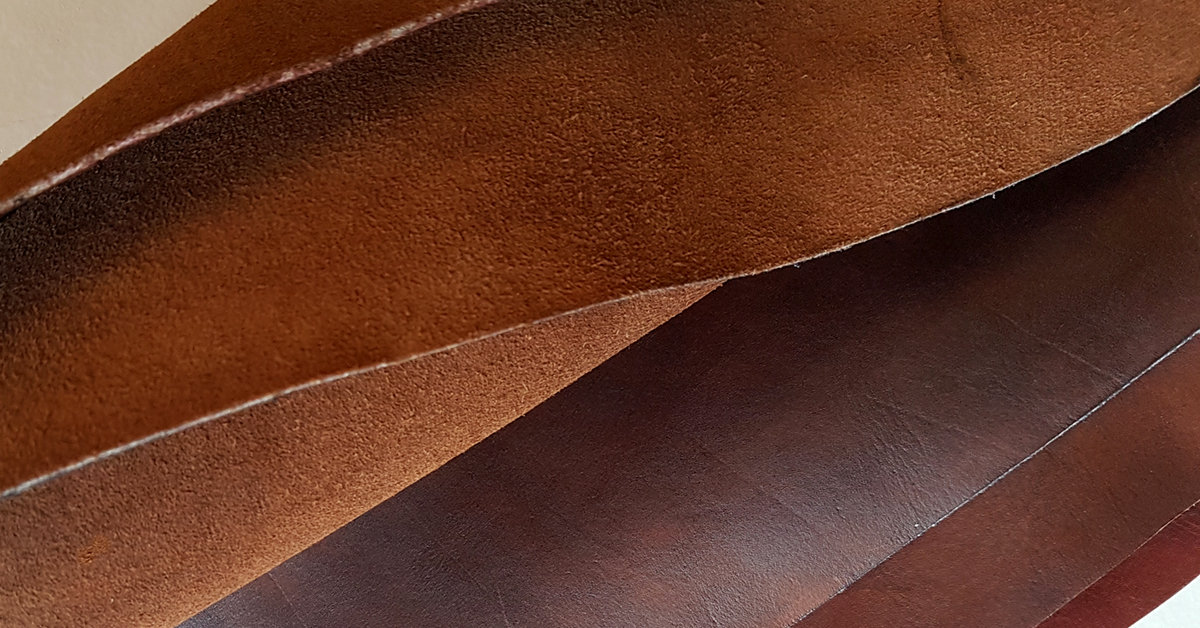Ecological, hypoallergenic, aesthetic, the vegetable tanning of leather today presents virtues in the era of time which bring it back to the fore in the world of handcrafted leather goods.
Apart from the necessary maceration time, which has gone from several months to just a few days to obtain an identical result, the ancestral technique which consists in soaking animal skins in water baths concentrated in vegetable tannins to make them more flexible, waterproof and imputrescibles has not really changed since prehistoric times!

Even today, if the immersion times have greatly decreased with the use of tanks which first replaced the pits, the method remains the same and we continue to immerse future leathers in wooden "rotating drums" - kinds of large barrels that turn in one direction then in the other - filled with water loaded with powders concentrated in tannin, like extracts of mimosa, when it was oak bark traditionally in the past. Unlike mineral tanning, which appeared in the industry in the nineteenth century, which consumes heavy metals such as chromium and alum, proving to be very polluting and allergenic, but which is mainly applied in our time to obtain more leathers. flexible, vegetable tanning is ecological in essence and produces a firmer, more rigid and resistant leather with better moisture absorption.
From an aesthetic point of view, the vegetable tanned leather has an authentic appearance, a smoother and less pigmented feel, and obtains a slightly dark patina which reveals an incomparable charm over time. No wonder then that it is becoming a strong selling point, and that it is more and more popular with leather goods enthusiasts.
